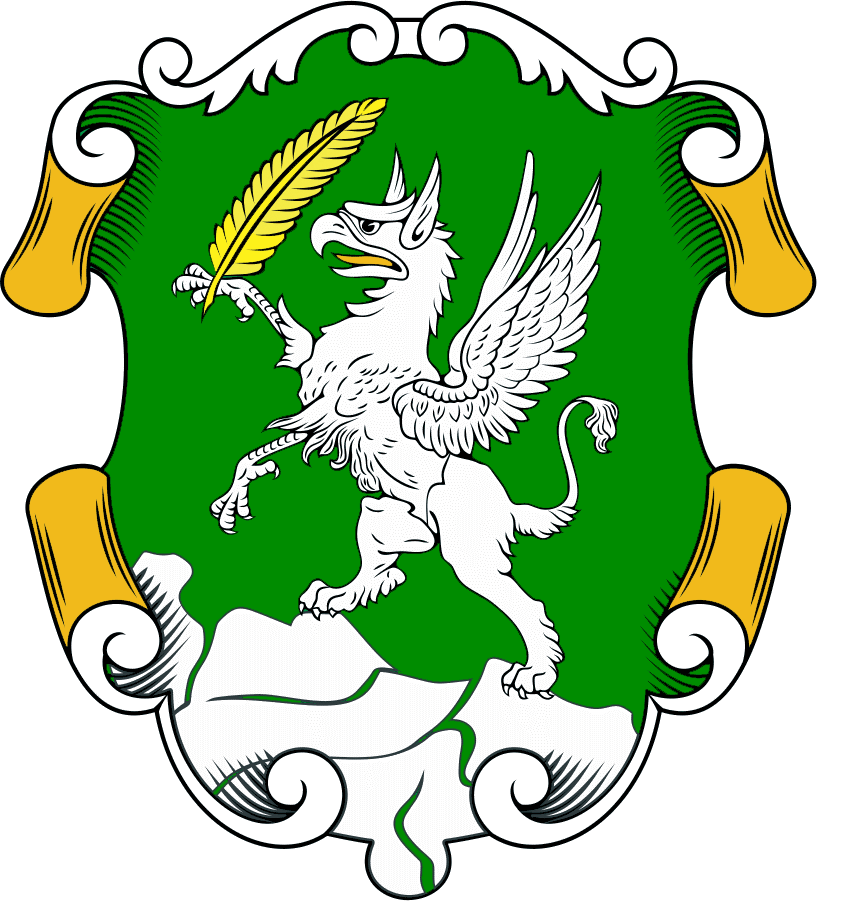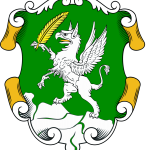Situated in the old Bazaar in Skopje and surrounded by many small shops, the Bedesten was the hub of mercantile life in the city, around which the old Bazaar formed. The original structure was destroyed in the disastrous earthquake of 1689, when a large number of monumental structures in the Bazaar were destroyed as well. The present-day building was erected on the foundations of the original Bedesten mentioned in the waqfname (endowment charter) of isa Bey of 1469, as an waqfname of his father Ishak Bey. The fact that it was Ishak Bey who commissioned its building is also confirmed with the inscription above one of the entrances. The inscription states that the Bedesten was built by Gazi Ishak Bey, border-area voivode and the Sultan’s governor in Skopje. Its last renovation was commissioned by Hadzi Hussein, Osman and Yashar Bey in 1899-1900.
We learn about the Bedesten and its appearance from the notes of the travel writers Hadzi Khalfa of 1650 and Evliya Çelebi from 1660 to 1668, as well as from the travel writings of Edward Brown from 1669, where the Bazaar is praised and mentioned as a rectangular building vaulted with six domes supported by massive columns and four entrances, one on each side. This is also confirmed by the sketch made by Arthur Evans in 1885, where the Bedesten is shown in ruins, but with a still recognizable architectural form.
The building technique applied is identical to that of other monumental buildings of the ottoman architecture of the 15th and 16th centuries in Skopje, with alternating rows of stone and several rows of brick, a technique whose application also had a decorative effect. in terms of its architectural concept, the Bedesten in Skopje resembled the Brusa Bedesten in Sarajevo, Bosnia and Herzegovina, built in the early 16th century. the remains of the original building – its walls and foundation which were discovered during the rebuilding carried in 1964-1965, the time when the last repair work was made after the earthquake of 1963, are still visible in some of the shops.
The present-day building erected on the foundations of the original one is completely different. In its interior, there are numerous two-storey shops connected with open corridors. Two separate two-storey buildings have been built in its central part, where the two columns stand. All shops are covered with a two-ridged roof. Today, it houses a number of shops, galleries and tea-shops. Despite its simple form and fairly poor building technique, the Bedesten has preserved its role and value in the old Bazaar in Skopje.
Bibliography:
Nikolovski A., Balabanov K., Kjornakov D., “Bezisten”, Spomenici na kulturata na Makedonija, Skopje 1980, 66.
Ayverdi E.H., Avrupa’da osmanlı Mimari eserleri – Yugoslavya, III. cild, 3.Kitab, İstanbul 1981, 296.
Kumbaradzi-Bogoevich L., Osmanliski spomenici vo Skopje, Skopje 1998.
Özer M., Üsküp’te türk Mimarisi (XiV-XiX y.y), atatürk Kültür dil ve tarih Yüksek Kurumu, ankara 2006.
Pavlov Z., Bedesten , Ottoman Monuments, Cultural heritage protection office, Skopje, 2009, 98-99.
View Ottoman heritage of Skopje


